Our statements
_______________________________________________Involved in architectural and urban heritage
|
|
The interest and care for the historical- and cultural heritage should have a foundation in the public awareness; or in other words it seems very important to work on an information strategy, which does appeal to the interest of the society as a whole. The attempts to gather the public interest and commitment are recognized as a priority. |
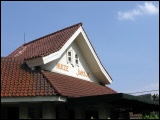
|
|
The image of the city may be defined in terms of historical and cultural values; but saying so, one should be aware that the image of the city is also a product of emotional involvement, settled in the hearts of the inhabitants of the city. Each one knows why his environment or his town is different from another and also each one has his own story to tell this. And to explain it, people will use examples, which are representative – to them - and symbolic to the identity of their environment or town. |
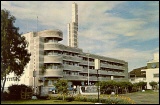
|
|
When it is decided to preserve or to restore a monumental building or site, it seems clear that the care for the exterior quality of the neighbourhood environment is a part of the assignment. We do consider, a certain interaction between an important building- or complex and the directly surrounding environment as extremely important. To often, we are just focused on a building as object and neglect the environmental setting. |
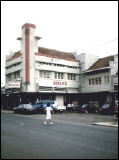
|
|
A town is a dynamic system, constantly changing. Physical interventions should create conditions for further development without destroying the valuable cultural heritage, such as urban fabric and buildings. Conservation and development (including improvement of infra structure) should go hand in hand.There is no argument to conserve an urban environment in its historical appearance as just a prime asset; since a town is a living organism and not an open-air museum. |
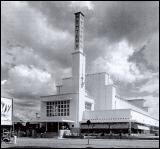
|
|
Monumental and historical building sites contribute a great deal to the image and identity of the urban environment. The historic infrastructure, warehouses, residential areas and administrative centres are – for a number - still present; a not to be neglected cultural, economic and social potential that can be revitalized. |
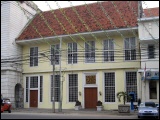
_____________________________________________________________________________________________
The fields of the common interest we share with our partners, in brief:
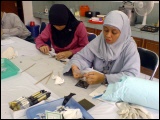
Considering- and research the development of a methodology, to recognize- and determinate subjects of architectural heritage; including architectural- historic survey, inventory and documentation. Finally to propose an all-purpose system, which can be used in the entire Indonesian archipelago and is connected to the Law ' on monuments' (number5/1992). Testing the system, by implementation of pilot projects. A (side) asset is to create the possibilities to attain a national database in the country; like we did (for a part) with the project 'Inventory and Identification of Forts in Indonesia'.
Organizing a national network, including all those involved in the professional- and governmental fields, the citizen heritage movements, etc... Such a network might act as a platform, initiating, brainstorming, feedback and modification.
Scouting the historic archives, dealing with central-, regional- and municipality agencies, institutes, commercial and private parties; this all is an extra ordinary important part of the game, to imple ment in Indonesia and the Netherlands. Appointments have to be made with the holders- and care takers of historic archives; it should be well stored and protect to steeling and damage of water, fire and insects.
Initiating and development, focused on education/ training tools, in general and more particular in the fields of architectural- historic, documentation, archive and legal matters. Stimulating particular initiatives in the fields of restoration techniques and development of craftsmanship.
Home
(C) 2005 - Alle rechten voorbehouden